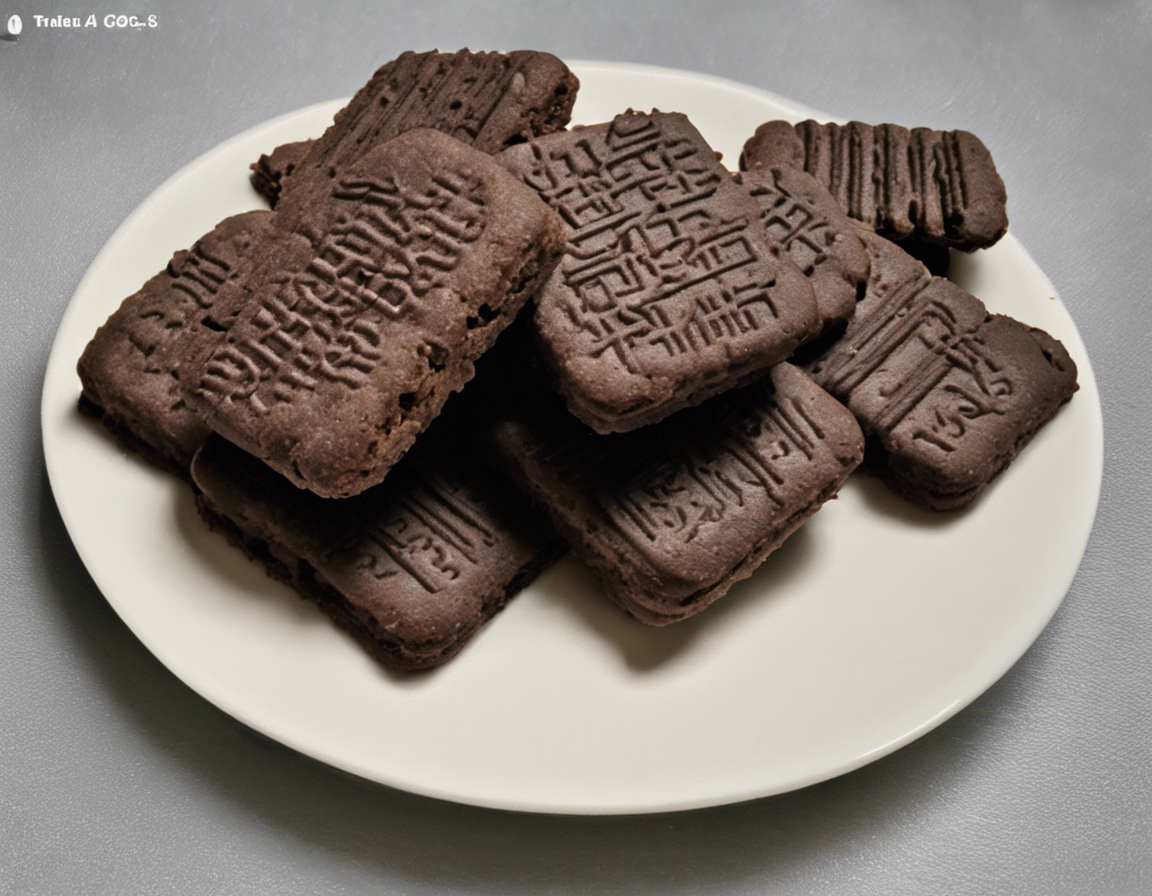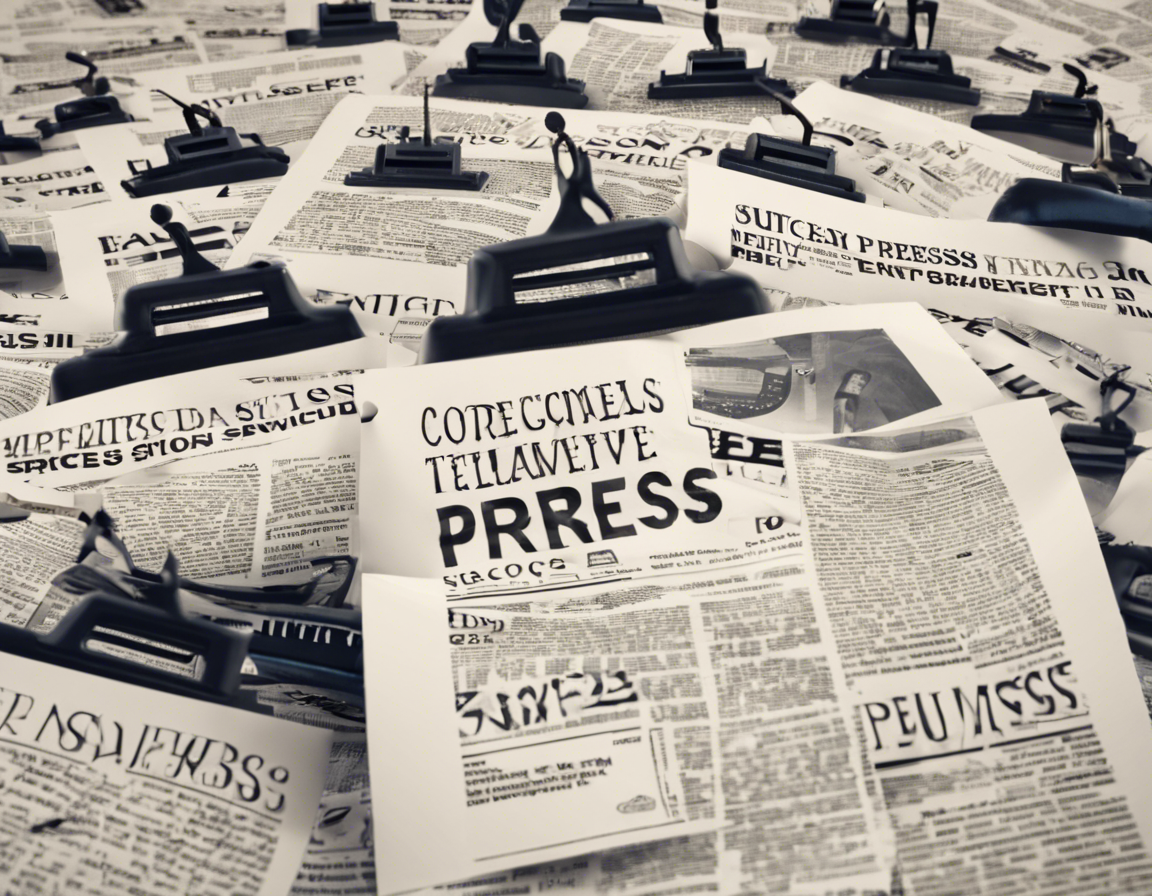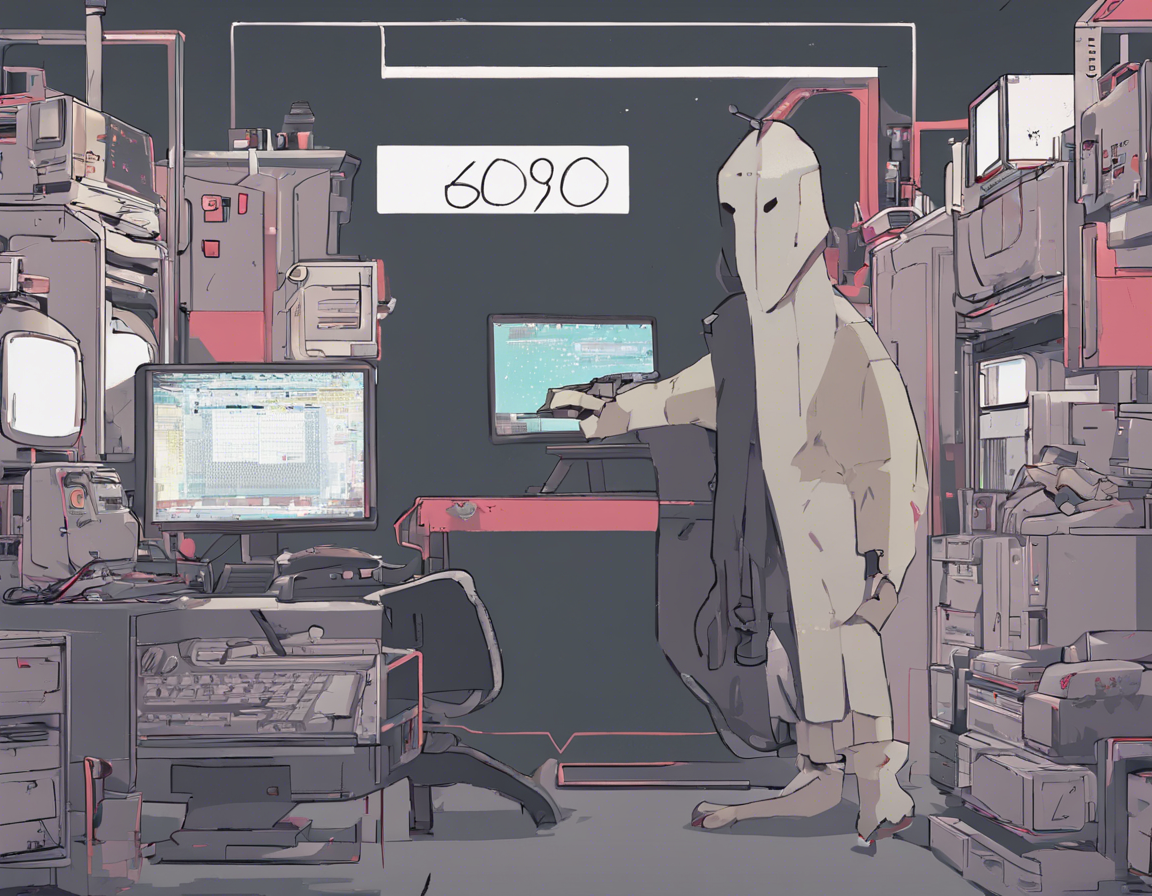
Picture this: it’s midnight, and you find yourself rummaging through your kitchen cabinets in search of a late-night snack. Your hand brushes against a familiar package – the iconic Parle-G biscuits. You grab one, twist it open, and take a bite. But wait – something’s off. The biscuit is dark.
This phenomenon has left many Parle-G enthusiasts puzzled and intrigued. What could be the cause of these mysteriously dark biscuits? Is it a production error, a marketing stunt, or something more sinister? Let’s dive into the world of the dark Parle-G biscuit and unravel the mystery.
The Origins of Parle-G
Before we delve into the enigma of the dark Parle-G, let’s first understand the origins of this beloved biscuit. Parle-G, a product of the Parle Products Pvt. Ltd., is an iconic brand in India. Launched in 1939, Parle-G has become a household staple, known for its affordability, taste, and nostalgic appeal. Its simple ingredients – wheat flour, sugar, and vegetable oil – have made it a popular choice for generations.
The Dark Parle-G Mystery Unveiled
The appearance of the dark Parle-G biscuits has sparked conversations and speculations among consumers. Some have theorized that it could be a result of over-baking during the production process. However, Parle Products has clarified that the dark biscuits are not burnt or overdone.
The real reason behind the dark hue of these biscuits lies in a natural reaction known as the Maillard reaction. This chemical reaction occurs between amino acids and reducing sugars in the presence of heat. The Maillard reaction is responsible for the browning and flavor development in a variety of foods, from bread crusts to grilled meats. In the case of Parle-G biscuits, variations in the Maillard reaction during baking can lead to the appearance of darker biscuits.
Embracing the Enigma
Rather than viewing the dark Parle-G biscuits as a flaw, perhaps we should see them as a unique variation that adds a touch of mystery to our snacking experience. Embracing the enigma of the dark Parle-G allows us to appreciate the complexity and nuances of food production processes.
So, the next time you reach for a Parle-G biscuit and find a dark surprise, savor the moment and relish in the intrigue of this culinary riddle. After all, life is more exciting with a hint of mystery, even in something as simple as a beloved biscuit.
FAQs:
-
Are dark Parle-G biscuits safe to eat?
Yes, dark Parle-G biscuits are safe to eat. The dark color is a result of variations in the Maillard reaction during baking and does not affect the taste or quality of the biscuits. -
Can I return dark Parle-G biscuits to the store?
If you have concerns about the appearance of your Parle-G biscuits, you can reach out to the store where you purchased them for clarification. However, the dark color is a natural occurrence and does not indicate a defect. -
Do dark Parle-G biscuits taste different from regular ones?
The taste of dark Parle-G biscuits is similar to that of regular biscuits. The dark color is primarily a result of the Maillard reaction and does not alter the flavor significantly. -
How can I prevent my Parle-G biscuits from turning dark?
To ensure consistent color in your Parle-G biscuits, you can try adjusting the baking time and temperature. However, variations in the Maillard reaction may still occur naturally. -
Is the dark Parle-G biscuit a limited-edition product?
The dark Parle-G biscuit is not a limited-edition product. Its appearance is a natural occurrence during the baking process and may vary from batch to batch.







